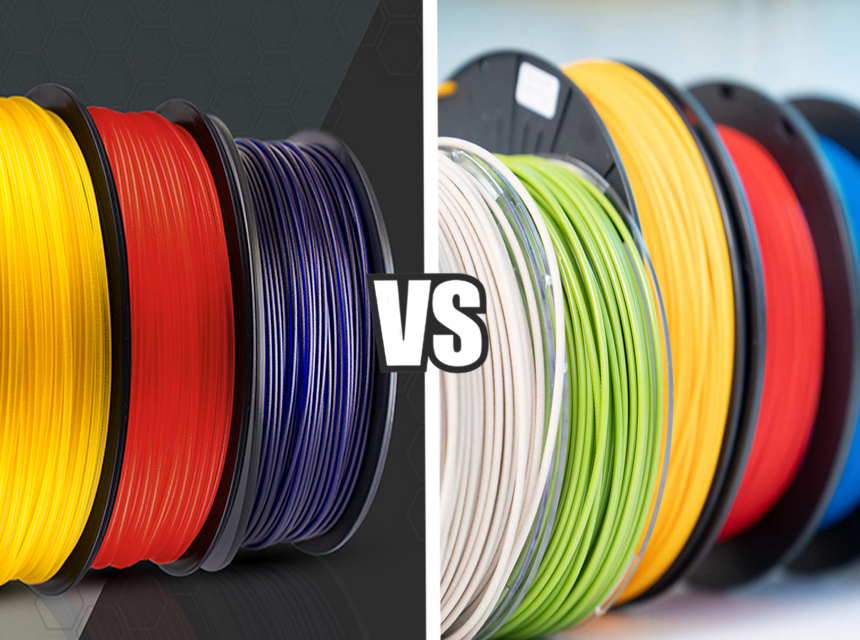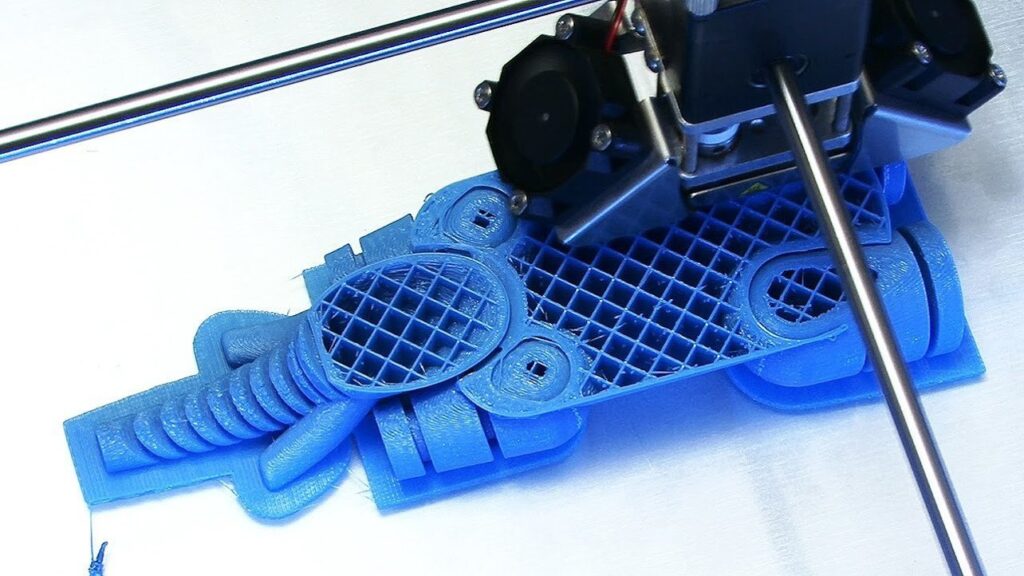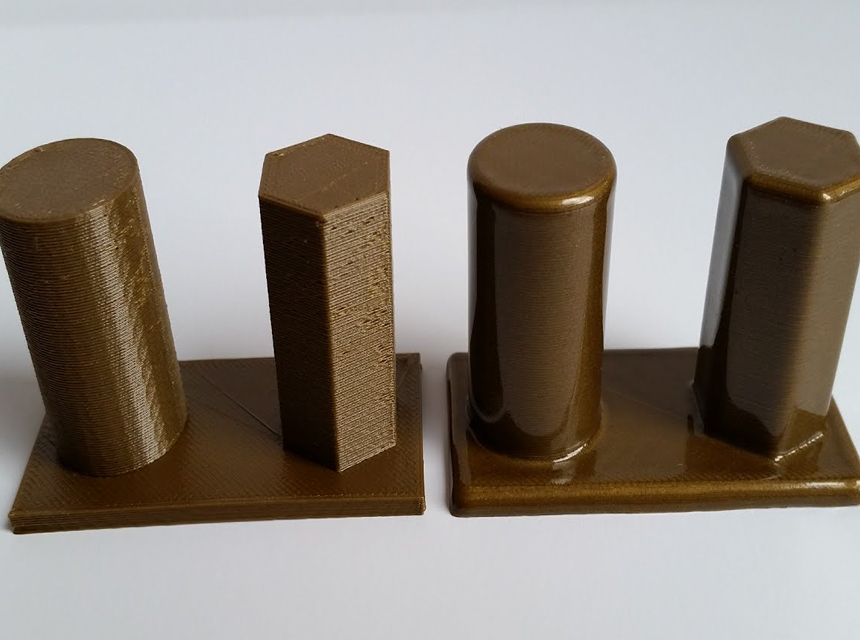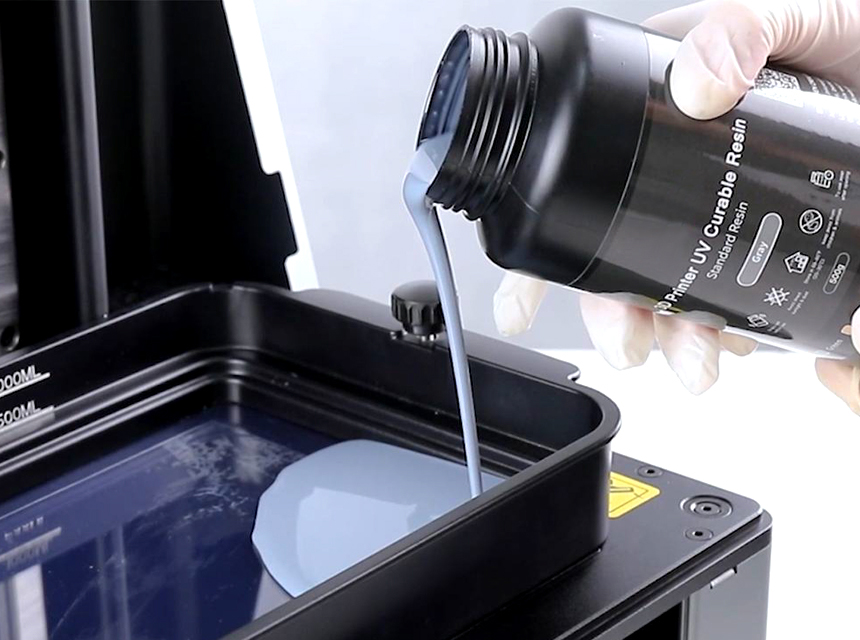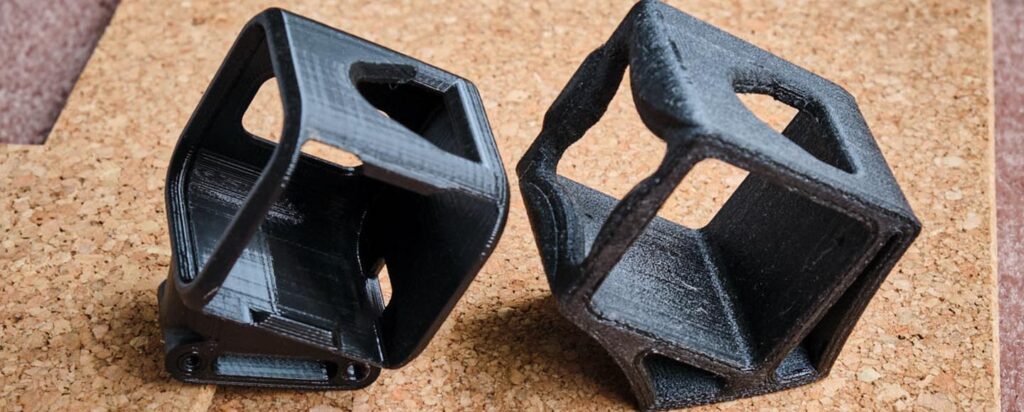

One of the frequently asked questions by new 3D printers who are conscious of what three-dimensional printing will cost them is: how much filament is used in 3D printing. But, yes, we’re not here to laugh at newbies. Even professionals printers need to keep these calculations at the back of their minds to stay in business.
Knowing the density of the filament to use will help you know the amount of material to be used and the material you are going to use to print. Normally, the software for generating 3D printing files (Cura or Simplify3D) allows you to obtain the total length of the filament that will be used to print the 3D model knowing the density of the same filament.
However, not all manufacturers provide information on the density of the filaments.
In this article, we’ll show you how to determine the density by knowing the length of the filament when printing.
The filament for a 3D printer Trusted Source 3D printing filament - Wikipedia 3D printing filament is the thermoplastic feedstock for fused deposition modeling 3D printers. There are many types of filament available with different properties, requiring different temperatures to print. Filament is commonly available in the two standard diameters of 1.75 mm and 2.85 mm. en.wikipedia.org is generally packaged in coil form up to 1 kg. But what length of filament does this correspond to?
Here are the average lengths of different spools of filaments:
We will explain these differences below.
While the length is usually determined by the thickness of the filament, the weight usually doesn’t change. The weight of a spool is usually 1kg. But the total length can be determined:
It depends on the type of filament: PLA or ABS. PLA and ABS do not have the same density. As a result, the length of filament (and therefore the total raw material) of a 1kg spool is not the same depending on whether you are working with PLA or ABS.
The density variations are quite low: 1.01 g/cm3 for ABS, 1.25 g/cm3 for PLA. So, how much can you print with 1kg of filament? For a PLA coil of 1kg approximately, this translates to:
Without mincing words, a spool of filament (1kg in weight) usually lasts for around 100 hours. That is, if you print every day for around eight hours, a spool will run out in around 2.5 weeks.
To be able to infer the length of the filament from the weight, you first need some data on the diameter and density of the filament. The density and diameter can be used to calculate how many grams the filament weighs per centimeter.
First, we have to choose a filament. For us, the best 3D filament brand is Overture, and the OVERTURE 1.75mm PLA Filament with 3D Build Surface is one of the best in the market. The 1kg spool is compatible with most FDM printers.
You have to calculate the weight of one centimeter of the filament using a 1.75mm PLA filament with a density of 1.24 g/cm3.
To be able to calculate the weight, we first need the volume. We calculate this with the help of the formula for calculating the volume of a cylinder: V = π r2h
In our example (in mm) the whole looks like this:
V = π 0875 2 x 10
V = 24.053 mm3 , or 0.024053 cm3.
Now that we have calculated the volume, we can easily add the density:
1.24 g/cm³ · 0.024053 cm³ = 0.02983g
One centimeter of our PLA filament then weighs 0.02983g.
When printing, you can generally rely on the data from your slicer. You can see in the areas marked in red how much filament you will need for the project with the current settings.
Since the slicer calculates these numbers using all the necessary data, they are very accurate. This is because not only the filament for the print object is taken into account, but also the filament that is used for the support structures.
The only tip for making your filament spool last longer and retaining the print quality is by ensuring wastage is minimized. You can achieve this with miniature test prints to prevent mistakes that can lead to wastage.
In 3D printing, there is a very important element on which the final quality of your prints depends in particular: the filament! You can find them in all colors, all materials, with incorporated particles, in PLA, ABS, PETG, Nylon, and more. You know these materials, but do you know what they can be used for when you put them in your printer? Below are some of the most used filaments.
The most used filament in 3D printing, this type of filament is the easiest to use. This biomaterial composed mostly of corn starch has a reduced environmental impact compared to other plastics such as ABS and emits little or no odors.
It’s simple, it prints very easily! PLA filaments are ideal for use in printers for beginners as well as professionals. There’s no need for a professional printer heated to 400°C, the PLA prints at a temperature between 180 and 220°C..
Likewise, it is not necessary to have a heated bed. Just apply an adhesion aid for the PLA to adhere to the print bed! If you have a heated bed, you can still heat it to a temperature of 50°C so you don’t have to apply a grip aid.
It also has strong interlayer adhesion and a reduced or nonexistent warping effect.
It cools quickly, which is advantageous for carrying out bridging (printing in a vacuum) or cantilever.
Also, PLA is ideal for many applications in 3D printing such as the printing of decorations, finished objects, prototypes, utensils, model parts, etc.
However, PLA is not suitable for all uses, that would have made it too good! Sensitive to humidity, objects printed in PLA can not be exposed to water. They should be covered with resin for example so that water cannot come into direct contact with the PLA.
A PLA filament that is one of the most highly rated by users is the HATCHBOX PLA 3D Printer Filament. We love its Dimensional accuracy of +/- 0.03 mm. It also has a diameter of 1.75 mm and it is designed for multiple uses.
Being a thermoplastic based on petroleum products, this type of filament will be more unpredictable when you want to print it.
Unlike PLA, ABS gives off a strong odor, as well as potentially harmful fumes and particles, when it melts. It is therefore recommended to equip an air filtration system to evacuate the air to the outside.
Without taking into account 3D printing, ABS is very existent in our everyday life. Due to its qualities, it’s used in making toys, car plastics, safety helmets, household appliances, etc. ABS filaments are also used in printers for architecture.
Despite the difficulty that ABS can bring during its printing, it remains a very great plastic filament because of its characteristics!
ABS has very high impact resistance. Also, it will not break easily and will tend to bend rather than break.
Requiring a fairly high printing temperature, ABS withstands higher temperatures than PLA, softening around 100 °C.
Also, it is a durable material and will not easily degrade over time. Some ABS will tend to yellow on prolonged contact with UV sunlight.
Finally, ABS is also very resistant to abrasion and mechanical stress.
Very capricious, ABS requires a heating plate of around 80 to 100 °C. Also, the use of a box printer is recommended to maintain a high enough temperature in the printing area to ensure inter-layer adhesion and reduce the risk of warping.
PETG, derived from PET (Polymethacrylate ethylene) is a petrosourced plastic with great qualities. A big competitor to ABS, it is just as durable as the latter while printing. It’s almost as easy to use as PLA and releases almost no odor.
But before we talk about PETG, let’s talk about PET. This plastic, you know it, you have it in your hands every day, it is used in particular to manufacture bottles (water, sodas, etc.), disposable food containers, thermoformed packaging plastics, plastic cards such as credit cards, stuffed animals, cushions and clothes.
The advantage of PETG is that it has all the advantages of ABS, without its constraints! It has ease of use, mechanical resistance, impact resistance, heat resistance, resistance to humidity, chemical resistance, and abrasion resistance. All this while having strong inter-layer adhesion and being compatible with food contact.
Besides, this plastic is very light and has a slightly translucent appearance (compared to PLA or ABS which are opaque).
Does it have any drawbacks? Well… not so much. Apart from its fairly high printing temperature of between 220 °C and 260 °C (428 °F and 500 °F) and the need for a heated bed to optimize grip, PETG does not have any particular drawbacks. It’s the new PLA, and it’s more resistant.
TPU is part of the flexible and semi-flexible filament family. Still little used in the world of 3D printing, it nevertheless opens up a range of new possibilities.
The flexible TPU filament has many “mechanical” advantages. It is resistant to shock, abrasion, tear, elongation, and it has good shape memory.
TPU filaments are also used in affordable 3D printers for cosplay that are used in making costumes.
The major drawback of this technical filament is precisely its printing technicality. With its flexibility, TPU filament cannot be printed with all extruders. You will need to use an extruder to guide the filament from the drive wheel to the nozzle. If the filament is not guided, it may twist with the pressure and come out through one side of your extruder.
Thanks to its shock and impact resistance, it can be used in the manufacture of protective parts such as shells (for phones, devices, drones), pads, and objects.
Nylon is a polyamide thermoplastic widely used in the automotive, medical, and food industries.
Nylon is a durable material resistant to impact, friction, abrasion, corrosion, and chemicals. It is therefore perfect for making parts subject to friction or strong mechanical stresses.
Nylon filament, like TPU, is a technical filament. To print it, it will be necessary to ensure good stability of the temperature of the printing area.
Like all thermoplastic filaments, Nylon gives off particles and fumes that must be filtered/evacuated.
Finally, Nylon is very sensitive to humidity! You should therefore not leave your prints in a humid environment and store your opened coils in a dry place.
With a very high mechanical resistance, it allows functional applications. Polycarbonate is the strongest thermoplastic currently available. Car headlights, housings of household appliances, spectacle lenses, greenhouse panes, CDs, and DVDs are some of the uses of this thermoplastic. In today’s industry, it is highly used for its high resistance and transparency.
The main advantage of this thermoplastic is its very high strength and impact resistance which allows it to be used for functional applications.
Heat-resistant printed objects will be able to withstand temperatures up to about 140 °C (284 °F).
Polycarbonate has very high transparency. However, it is extremely complex to print due to the required extrusion temperature. You will need a printer that can reach high temperatures and can control the internal temperature of the housing, necessary for printing this thermoplastic.
Density is very easy to calculate when you know the length of the filament in the spool (many manufacturers fill in the length of the filament instead of the density). When you get the length and the length, diameter, and density of the filament, you should be able to know the weight of your filament and how long it will last. Normally, your slicer should tell you how much filament is used in 3D printing. But if this feature is not available, you can do the calculation manually and we hope you can accomplish that with the information provided in this article.
